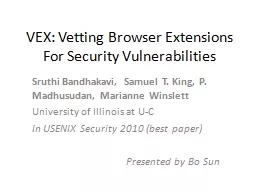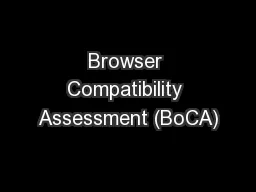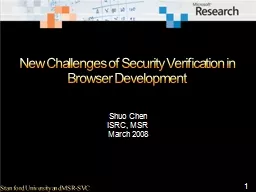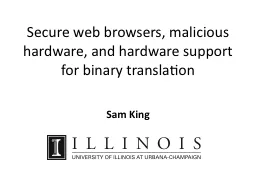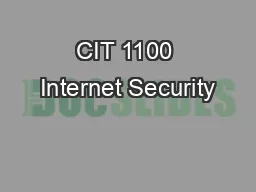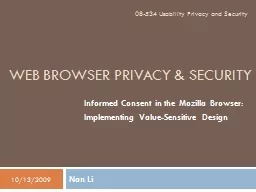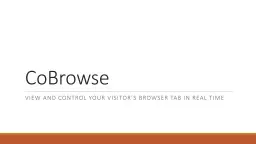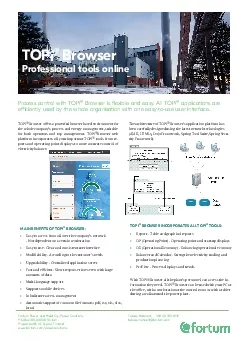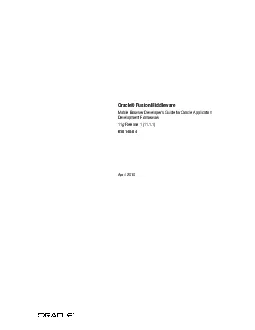PPT-Browser Security Overview
Author : luanne-stotts | Published Date : 2017-09-20
Fred Pullen BRK2319 Topic Session Topic Speaker Enterprise Guidance BRK2338 Enterprise Web Browsing Fred Pullen How do I upgrade to Internet Explorer 11 BRK2307
Presentation Embed Code
Download Presentation
Download Presentation The PPT/PDF document "Browser Security Overview" is the property of its rightful owner. Permission is granted to download and print the materials on this website for personal, non-commercial use only, and to display it on your personal computer provided you do not modify the materials and that you retain all copyright notices contained in the materials. By downloading content from our website, you accept the terms of this agreement.
Browser Security Overview: Transcript
Download Rules Of Document
"Browser Security Overview"The content belongs to its owner. You may download and print it for personal use, without modification, and keep all copyright notices. By downloading, you agree to these terms.
Related Documents



